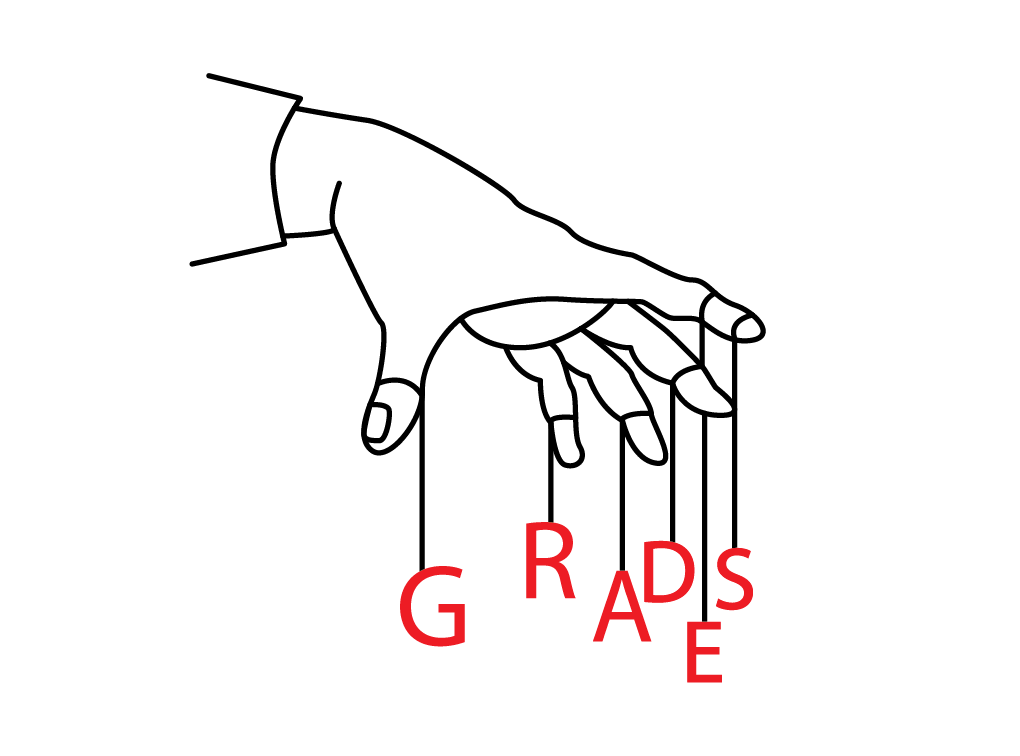The phrase “health care†is seen and heard everywhere these days, and rightly so. The current situation of health care in the United States is dire, to say the least.
The United States census reports that in 2007, 18 percent of the population under 65 was lacking health insurance. Although a thorough census report of these figures is not available at a more recent date, the National Coalition on Health Care reports that by next year, more than 19 percent of the entire population will lack health insurance.
This loss of insurance has serious effects on the United States’ overall health. First, it is one of the reasons why the U.S. ranks 50th in terms of life expectancy. Also, in our current system, in order to get medical attention, the uninsured are forced to go into the emergency room, even for something as small as a rash. These people delay the care of those who have real emergencies and end up putting the financial burden of their emergency care on the shoulders of everyone else.
The current system of health care is not only inefficient at keeping America healthy, but also at managing its cost. According to the University of California, Santa Cruz, the countries which have a higher life expectancy than the United States are achieving this feat with around half as much money per capita. To make the situation worse, the current system is eating up a larger share of government budgets each year. Insurance premiums are growing at an average rate of 12 percent annually, while the rate of inflation is only 2.5 percent.
These growing premiums are forcing more and more small businesses to make insurance harder to afford for their employees, or to stop offering it all together.
All this amounts to a huge vicious cycle, one that eats more and more money each year, while causing more people to lose their insurance.
Clearly, reform is needed. Those who support the status quo are either misinformed or uninformed, as all the statistics show that the current plan is extremely inefficient, regarding both money and the quality of care.
However, the question arises: What path should we take? In order to find the optimal path, we should create a policy that not only fixes all these problems, but stabilizes the system, making sure it will work in the future. I believe that President Obama’s suggested policies, including the creation of a public insurance option and making sure that all people have access to quality care, meet the criteria for the optimal path.
However, many are against the idea of such a public option. Generally, those who are against it argue that it is against the ideals of the United States of America. They argue that a public plan will put too much control under the hands of the federal government. Also, they believe the availability of this plan will cause private insurers to fail, resulting in socialized health care.
President Abraham Lincoln expressed that the U.S. government should be a “government of the people, by the people, and for the people.†Those who argue that making sure people have health insurance is against U.S. ideals are forgetting that it is government’s responsibility to care for its citizens as well.
Also, the existence of a public option would not cause private insurers to go out of business, as many claim. Instead, it would compete constructively, forcing private insurers to offer better services of better value, further benefiting the public. Proof of this can be seen by looking at the United States Postal Service (USPS). Although, like a public health care option, the USPS is regulated by the federal government, it still allows other postal companies, such as FedEx, to do well in the market.
Another problem that opponents cite with a government controlled plan is that in trying to expand coverage, the federal government will start rationing care. However, even if the government does ration care, it won’t be any worse than the status quo, as private insurers do it all the time, when they don’t cover certain things, or deny insurance based on previous medical conditions.
Those opposed to Obama’s proposals also argue that it would hurt low income workers by instating an employer mandate, forcing all but the smallest employer to provide health insurance options to their employees. They argue that workers with low wages would then be forced to buy plans that would be hard to afford. However, this argument is void, since the availability of a public plan would make everyone be able to afford health care
Another major argument against Obama’s plan is the large estimated addition to the already imposing deficit. Some cite that the plan will add up to 10 trillion dollars to the debt in 10 years. However, these reports are false. In his speech to a joint session of congress on September 9, Obama said outright, “I will not sign a plan that adds one dime to our deficits — either now or in the future.†He argued that the government could pay for this plan by simply finding savings in the current health systems, such as Medicare and Medicaid.
This is not to say that these programs will offer less support, but simply that they would use their funding appropriately.
The benefits of the policies supported by Obama greatly outweigh all of the above questionable problems. The proposed policies will successfully solve the current problems with health care. They stabilize cost, and lower the number of uninsured by offering a quality, affordable, public health insurance plan. They also aim to reform current private insurance plans through the creation of a National Health Insurance Exchange, which would set standards for care, including fair premiums for all applicants, regardless of medical history.
This exchange would also make it easier for individuals to find and buy private plans as well.
Obama also proposes to provide funding for hospitals and other health care providers to shift to electronic health information technology, which would computerize medical records, helping reduce medical errors, increase quality of care, and save time.
Another way these policies aim to increase the quality and cost effectiveness of care is by requiring health care providers to publicly report cost and quality measures, so all providers can see what works well and what doesn’t. The plan also makes sure that children have health insurance, which in effect, insures the future of America.
Overall, Obama’s proposed policies solve all the problems that exist in the current system. First, it stabilizes the exponentially growth of health care costs. Also, for those who have health insurance, the policies will simply make the insurance better. Most importantly, for those who aren’t able to get insurance, the policies will create an affordable public option as well as an exchange, allowing consumers to easily buy private health insurance. For these reasons, I believe that enacting Obama’s policies will solve one of the greatest issues facing us today, and in doing so benefit our nation as a whole.






